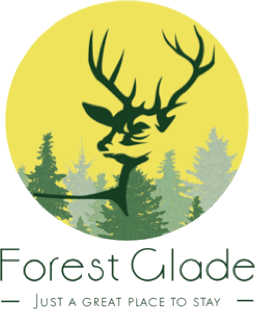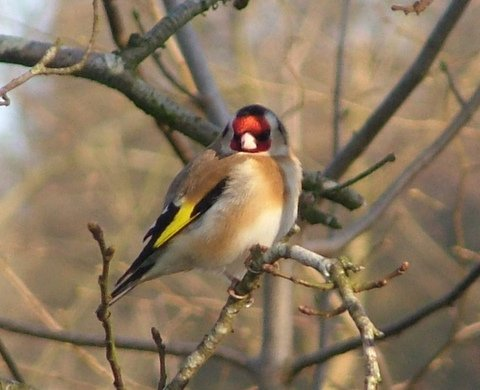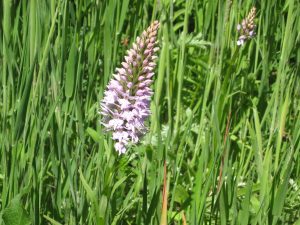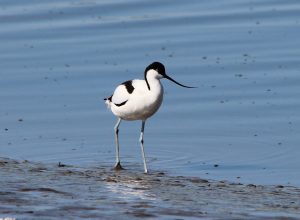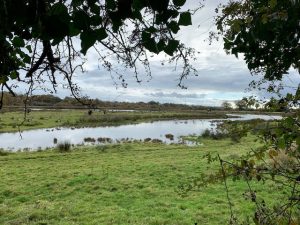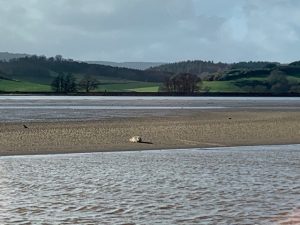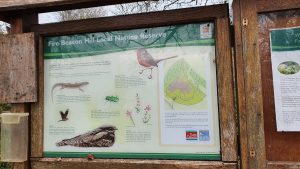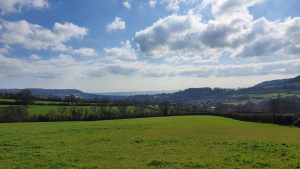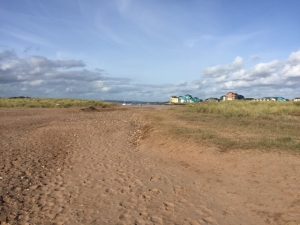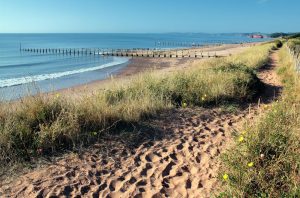According to their website, the Devon Wildlife Trust is responsible for 57 nature reserves and the Somerset Wildlife Trust lists 59. Each of this websites has a searchable map so you can easily locate a nature reserve near you. There are further reserves managed by different organisations across the local area.
Forest Glade itself is located within an Area of Outstanding Natural Beauty: the Blackdown Hills. With its heathland, woodland, springline mires and rivers, its diverse landscape is part-wild and part-managed to support a diverse range of different species. The Blackdowns are home to otters, dormice and reptiles. Otterhead Lakes, on the border between Somerset and Devon, with a river, grasslands, woodland and, of course, lakes, is open to the public free of charge and is a good place to kick off your exploration of our local nature reserves. Read about the wildlife in and around Forest Glade.
The Exeter Valley is dotted with nature reserves from the wildlife-rich inland farmland and fields of Ludwell Valley Park, north of the city, to the RSPB Bowling Green Marsh on the estuary down at Topsham. A rare green-winged orchid was recently spotted at Ludwell Valley Park and Bowling Green Marsh is home to godwits, avocets and flocks of Brent geese; an absolute must for bird-watchers. The River Exe is a Site of Special Scientific Interest, internationally renowned for its bird life. Stuart Line Cruises in Exmouth provide both river trips and special bird watching trips.
Fire Beacon Hill near Sidmouth is the site of one of the beacons used to communicate the incoming Spanish Armada in Elizabethan times. Today, you might spot yellowhammers or the very rare Dartford warbler, not to mention the spectacular coastal views. You can find more information, including a map and parking on the East Devon District Council website. They are currently trialling an interesting “virtual fencing” system with the resident cattle.
Another reserve with sweeping coastal views, this time down at sea-level is Dawlish Warren Nature Reserve, an area dominated by grassy sand dunes and mud flats near the mouth of the River Exe. Wildfowl abound and you can read about the latest sightings on the Dawlish Warren Recording Group website.
Did you know you can visit the rainforest her in the south west of England? The picturesque Dart Valley really is Devon at its wildest best. The Devon Wildlife Trust describes it as “a stunning example of temperate rainforest”. Look out for butterflies and otters while immersing yourself in the tranquillity of what feels like a truly ancient landscape.
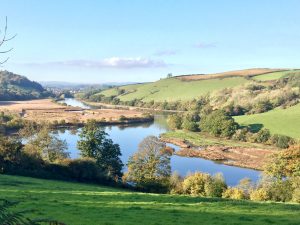
Photo by Valentina Sotnikova on Unsplash.
Conservation work continues across Devon to protect existing species and even to reintroduce rare species to our countryside. The Devon Wildlife Trust, for example, have successfully re-introduced beavers to the East Devon waterside landscape and, whilst they are an elusive animal, you might just be lucky enough to spot one in the River Otter near Otterton village, of an evening between May and September. Do let us know if you manage to see one!
You might also be interested in our blog about local zoos and wildlife attractions or Devon’s inland waterways.
